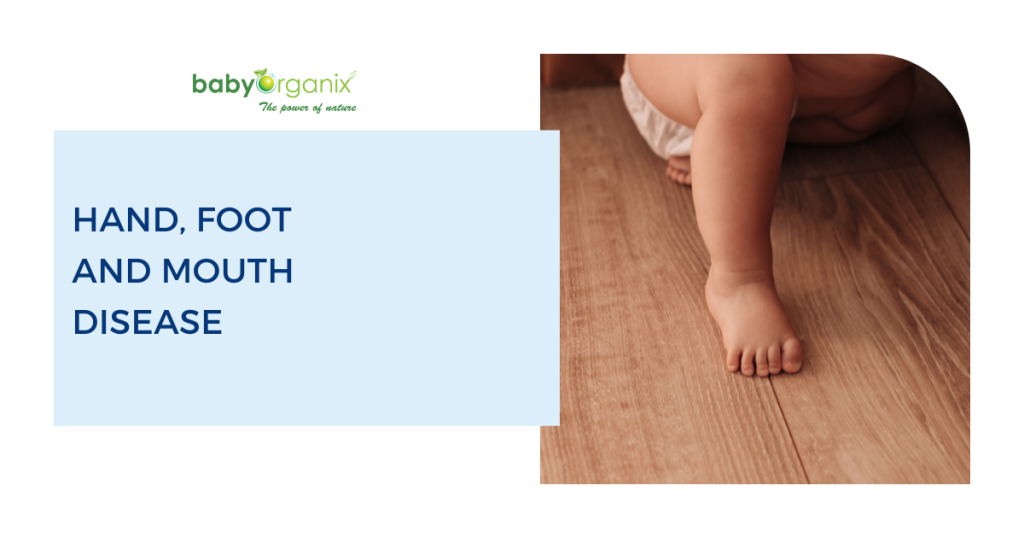Latest News
Hand Foot and Mouth Disease
What is Hand, Foot and Mouth Disease
Hand, foot and mouth disease, also known as HFMD. It is caused by different human viruses. It usually comes from the coxsackie group of enteroviruses, echovirus and particularly coxsackie virus. HFMD can cause a rash, mouth ulcers and blisters on the hands, feet and often in the ‘nappy’ area. It is a mild disease that lasts 7 to 10 days.
There is no surprise that children can get this hand, foot and mouth disease more than once because it can be caused by different viruses. As a parent, you should know that your kids can’t get HFMD from other animals. There is no connection between this disease and the foot and mouth disease that affects cattle and some other animals.
How Hand, Foot and Mouth Disease Spread
HFMD is quite contagious and it easily spreads. It spreads through sneezing, coughing, direct contact with fluid from the skin blisters, nose and throat discharges such as saliva, sputum or nasal mucus. The virus is also in the faeces of infected children. The virus remains in the skin blisters until it gets crusty, dried up without fluid inside.
However, the virus may also be shed in the faeces for several weeks even after the blisters are gone. Almost everyone is susceptible to HFMD infection, but a large population of adults will have developed immunity to this infection as a child.
HFMD Signs & Symptoms
- Sore throat
- Fever
- Lesions and blisters inside of the mouth, on the tongue, hands, fingers, feet and nappy area
- Your child may refuse food and fluids
- Feeling irritable, tired and sleepy
Prevent HFMD Infection
There are no specific treatments or medicines for treating hand, foot and mouth disease. And it’s difficult to stop your child from getting this infection. Washing hands with soap and water is the best way to minimise the spread of the virus. Always wash your hands after contact with the blister-like lesions, handling diaper change and nose and throat discharge of an infected kid.
You can reduce the risks with:
- Use separate eating and drinking utensils
- Avoid sharing personal care items like soap, towel. toothbrush and also clothes
- Clean and wash any soiled clothing or toys that may have been contaminated
- Children should be excluded from child care or schools until the blisters have dried
